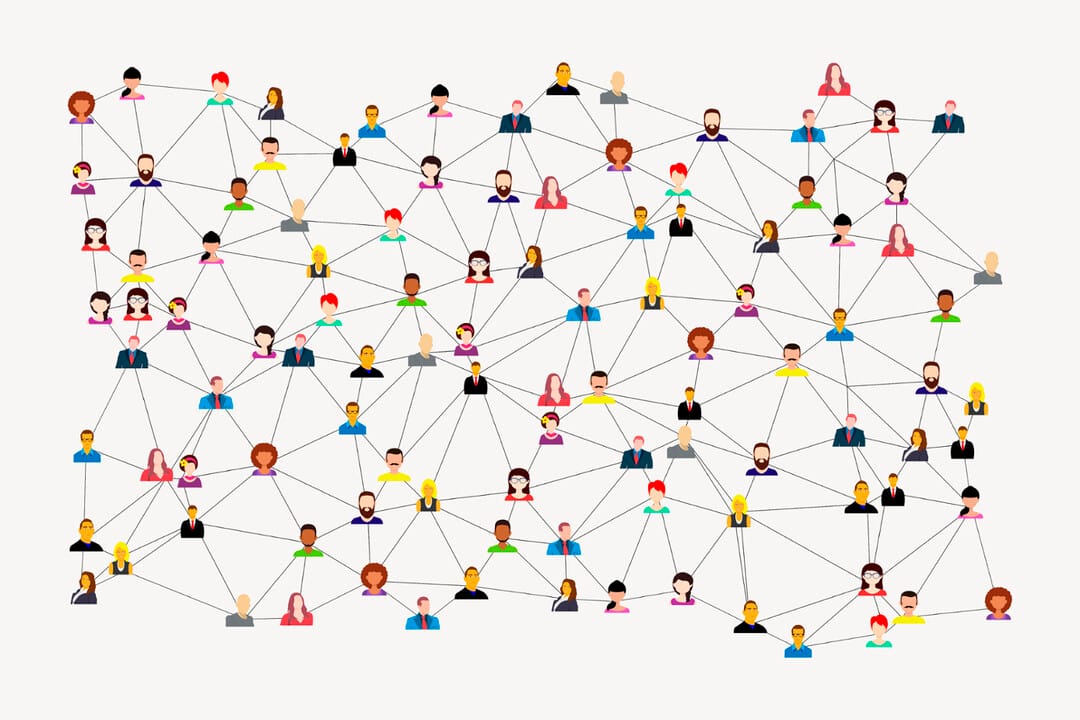Harnessing Collaboration for Sustainable Solutions

In an increasingly interconnected world, the challenges we face are becoming more complex, requiring collective approaches to find effective & sustainable solutions. Whether addressing social, economic, or environmental issues, collaboration has emerged as a key strategy for creating meaningful and sustainable change. The ability to work together across disciplines is not just an advantage; it has indeed become a necessity for progress in today’s rapidly evolving landscape.
The Complexity of Challenges in Northeast India
In regions like Northeast India, challenges are deeply interconnected and cannot be tackled in isolation. For example, if your goal is to improve community health and nutrition in the region, it is essential to address the infrastructure of Anganwadi centers. These centers serve as the primary access points for health and nutrition services for children, pregnant women, lactating mothers, and adolescent girls. A one-dimensional approach is unlikely to produce effective results. Instead, addressing these challenges requires a comprehensive, multi-disciplinary strategy that considers various interlinked aspects. This is where collaboration plays a vital role. No single organization or individual can possess expertise in every domain; therefore, it is essential to seek support from those who specialize in specific areas to develop well-rounded and impactful solutions.
The Need for Collaboration
Collaboration brings together diverse partners and individuals, each with unique expertise, experiences, and insights, working towards a common goal. A shared vision forms the foundation of successful collaboration. While in some cases, this common vision may not be immediately apparent, there is always a strategic intersection or in other words, a "sweet spot" where different stakeholders can align and contribute to each other's efforts.

The Value Each Partner Brings
Every participant in a collaboration contributes something unique. The success of one partner often depends on the inputs and efforts of the others. When combined, these collective contributions create a multiplier effect, enhancing efficiency and effectiveness. Governments, non-profits, academic institutions, and businesses all have distinct roles to play in problem-solving. When these entities work together, they bring in fresh ideas, financial resources, and technical expertise, thereby amplifying their overall impact.
While collaboration is primarily sought for problem-solving, it also serves as a catalyst for innovation. The diverse skill sets and expertise of collaborators foster creative solutions that might not emerge in isolation. Additionally, working together enhances team cohesion, leading to more seamless execution.
Collaboration also enables risk-sharing. Many large-scale projects, particularly in the social sector, require significant investments of time and resources. By distributing responsibilities across multiple partners, collaborations make it easier to manage uncertainties and share potential risks. This encourages greater participation and commitment from all involved.
Collaboration often begins within one’s existing network, gradually expanding to include new partners. This expansion fosters growth, enhances perspectives, and enriches the overall impact of the initiative. By leveraging collective strengths, organizations can create solutions that are more impactful and sustainable.

Embracing Collaboration for Sustainable Impact
In today's world, where challenges are numerous and complex, competition should take a backseat to collaboration. Instead of working individually, joining forces with like-minded individuals and organizations can lead to more meaningful and sustainable solutions.
By fostering a culture of collaboration, we can drive innovation, create impactful solutions, and build a more resilient and inclusive society. Through collective action and shared responsibility, we can create lasting change, driving innovation and fostering progress that benefits communities for generations to come.
